ILSoyAdvisor Better Beans Series Returns
The Illinois Soybean Association is excited to welcome the return of the Better Beans Series, which will be hosted in-person this month. […]
Post Harvest Evaluations and Assessments
This article was originally published in the September issue of Illinois Field & Bean. View the article here. Harvest has always been a crowd favorite. Whether it’s the humid heat of summer being replaced by crisp, autumn air, or the end of year holidays peeking out on the horizon, harvest tends to bring with it a sense of happy endings. But as any farmer knows, the work doesn’t stop even after the crop is out of the field. In fact, as farmers wrap up in the field and park the combine in the machine shed, there are several things [...]
The Importance of Calibrating your Combines and Analyzing Your Yield Data
As harvest nears full swing in the Midwest and farmers are watching the yield data flow in on their monitors, there is little guidance on how to ensure that all the hard work of the season is recording properly in the cab. Yield monitors are an important tool for gaining knowledge about an operation and can connect the dots when managing hybrids and fertility based on soil variability. The biggest area of confusion with setting up yield monitors and using them is that not all yield data is quality data. Oftentimes confusion surrounds why the data is not reflecting [...]
Strong Starts Need Stronger Treatments
When it comes to starting off the growing season strong, seed treatments are key. According to Dale Ireland, they are one of the most important inputs for higher yield. Ireland, Technical Product Lead of Seedcard for Syngenta, says that growers can plant a great seed such as a fantastic hybrid or variety, but if it's planted with an inadequate or no seed treatment, a good deal of yield may be lost within the first few weeks of the growing season due to loss of plant stand. "The biggest benefit of using a seed treatment is a greater number of [...]
SOYLEIC Varieties Provide Food Market With High-Value Soybean Oil
SOYLEIC, patented by the Missouri Soybean Merchandising Council, is a non-GMO, high-oleic trait available for today’s soybean varieties, which results in high oleic oil and meal. Through funding from the Illinois Soybean Association (ISA), researchers at the University of Illinois are conducting a project focused on the development of high oleic, low linolenic (HOLL) soybean varieties that will be marketed under the SOYLEIC name. This is a source of high-quality soybean oil that can be used to win back the market share of soybean in the food industry and increase its industrial uses. The goal of this research is [...]

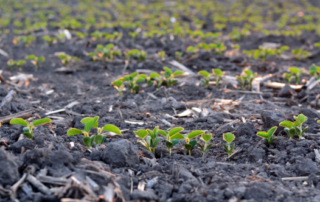
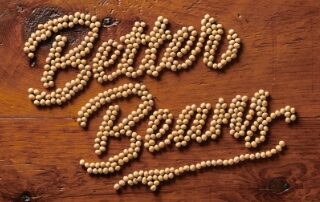
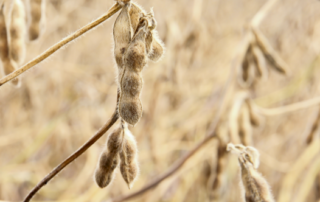
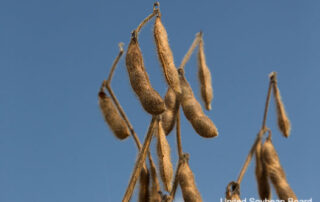
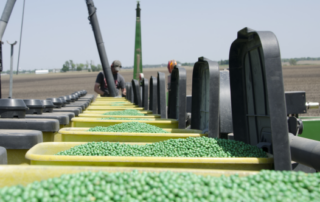
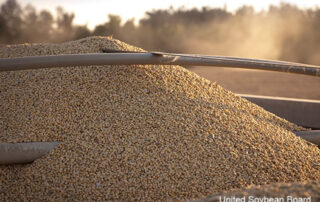

 and then
and then